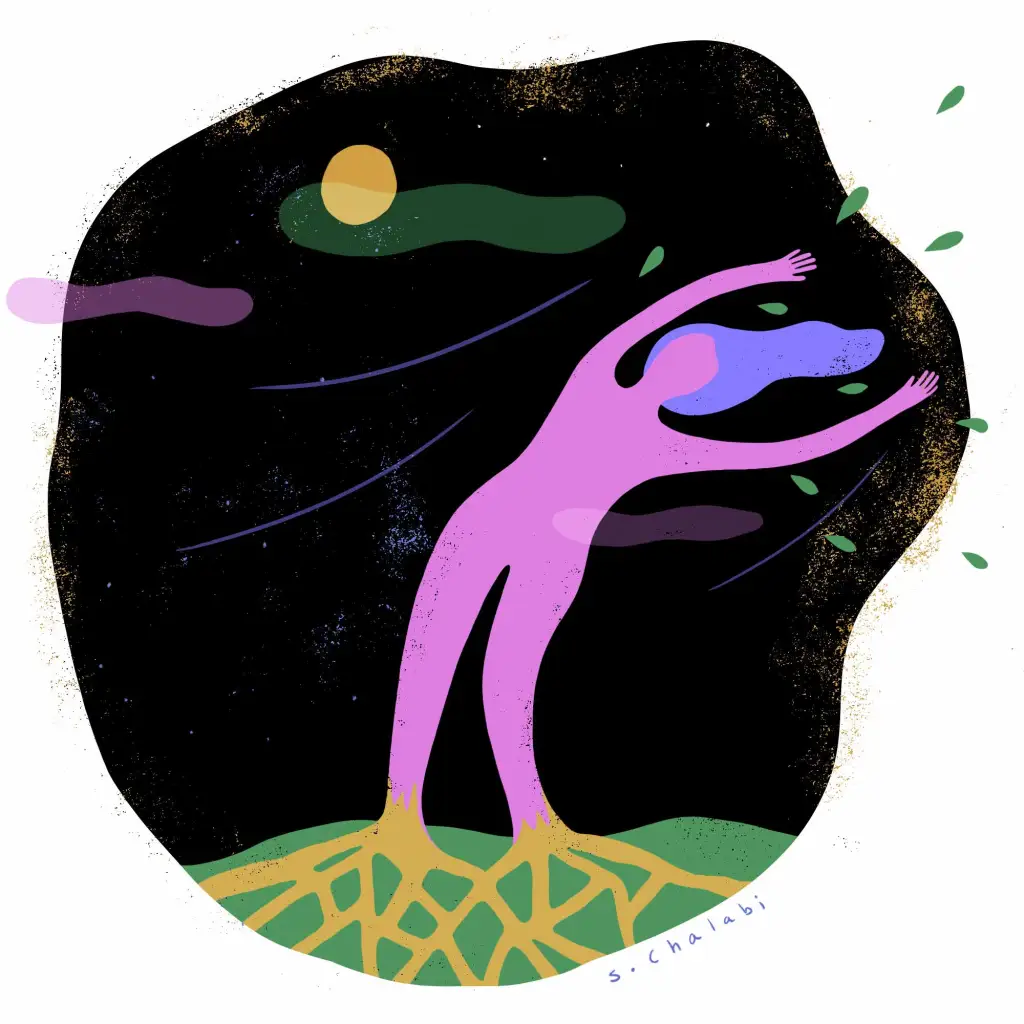New Red Order on land acknowledgment and land return
New Red Order is a public secret society, including core contributors Adam Khalil (Ojibway), Zack Khalil (Ojibway), and Jackson Polys (Tlingit), employing video, performance, and multimedia installation to examine and expand indigenous agency.
We tell you again, now: freedom is a red flag.
Derived. Extracted. Ingested. Found with legacies of displacement.
An acknowledgment of our ongoing settler-colonial occupation is only the first step in a massive reconfiguration of reality that must occur during an awakening if “we” all are to survive. But who are “we?”1
Acknowledgements are difficult to read. To mimic, to take on. Perhaps we know we shouldn’t, it might be inappropriate. You, the guest, welcome to become the appropriate host. To forget. Welcome becomes warning.
We would have preferred not to have to take it back, wanting instead to move with freedom and inspiration toward what interests us, to be influenced, to influence, to move without encumbrance, in fascination, to freely vacillate—at will, or floating with contingency—between terror and delight, toward the unknown, with all of the excitement in futurity.
But, again, and now, with interest, Give it Back.
Efforts to “decolonize” institutions are embodied in ritual acts of acknowledging indigenous presence and claims to territory.
Within what is currently called “the United States,” these acknowledgements are increasingly—if only recently—understood as prerequisites for demonstrating engagement with indigenous peoples.
While a few institutions in the so-called United States have adopted this custom, the vast majority have not.
If this practice was widely adopted millions would be exposed—many for the first time—to the reality of their own ongoing settler-colonial occupation of indigenous land.
But land acknowledgments, as currently practiced by institutions, are a small gesture, acting to relieve feelings of guilt or responsibility without giving up land, power, or privilege. Without having to change. Or commit to much at all. This sounds convenient. But for an institution to announce that it is unjustifiably occupying stolen land, and then continue to do nothing about it: is this worse than silence?
Without continuous commitment to serve as accomplices to indigenous people, gestures of acknowledgement risk reconciling settler2 guilt and complicity and rescuing settler futurity.
Some may say the repatriation of all indigenous land and life is unrealistic. Impossible. Conditions of impossibility acknowledged, announced, then used as cover, can excuse inaction. Like manifest destiny itself, this belief is a self-fulfilling prophecy. Signs take part in things, discourse deploys forces, and representation makes reality. Our words—crimes against reality—create their own conditions for possibility. The “impossibility” we can get past. Get with the past over time for our future. And now, risk getting committed. Enact a crime against reality.
Give it Back.
This is an actionable item. Requiring currency.
Institutions must not only recognize the continual displacement of indigenous peoples, but also commit to working alongside indigenous peoples as accomplices to dismantle the structures that support the settler-colonial occupation of indigenous land, beginning with the individual’s and institution’s own land, power, and privilege.
Give it Back.
1“Henceforward, the interests of one will be the interests of all, for in concrete fact everyone will be discovered by the troops, everyone will be massacred—or everyone will be saved.” —Fanon, Wretched of the Earth, 1961.
2Settler-Colonialism—a disclaimer: so as to avoid the continual lateral violence of colonial oppression, we want to clarify that by settlers we mean those not forcibly displaced from their ancestral homelands, and though we don’t blame people for inheriting or being born into a settler-colonial reality, we also need to acknowledge that reality. Currently underway are NRO research projects dedicated to resolving this intersectional rhetorical dissonance so that our struggles may inform each other and we can achieve collective liberation with the land.

This essay is part of CREATIVE FUTURES, a series of provocations by thinkers across the arts, documentary, and journalism on how to reimagine their sectors.